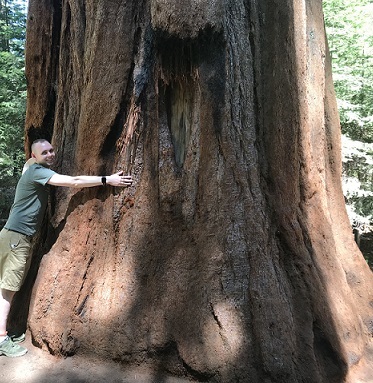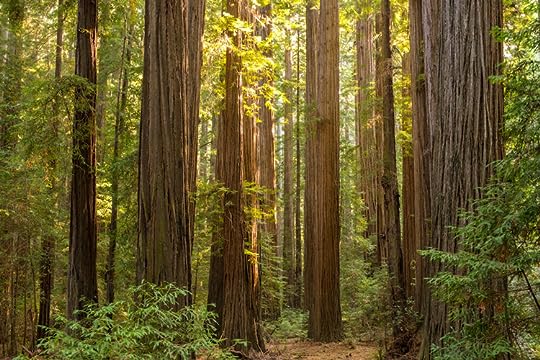What do you think?
Rate this book


502 pages, Paperback
First published April 3, 2018

The bends in the alders speak of long-ago disasters. Spikes of pale chinquapin flowers shake down their pollen; soon they will turn into spiny fruits. Poplars repeat the wind's gossip. Persimmons and walnuts set out their bribes and rowans their blood-red clusters. Ancient oaks wave prophecies of future weather. The several hundred kinds of hawthorn laugh at the single name their forced to share.


… when you cut down a tree, what you make from it should be at least as miraculous as what you cut down.



This is not our world with trees in it. It’s a world of trees, where humans have just arrived. [. . .] Trees know when we’re close by. The chemistry of their roots and the perfumes their leaves pump out change when we’re near. . . . When you feel good after a walk in the woods, it may be that certain species are bribing you. So many wonder drugs have come from trees, and we haven’t yet scratched the surface of the offerings. Trees have long been trying to reach us. But they speak on frequencies too low for people to hear. (424)
-330.jpg)